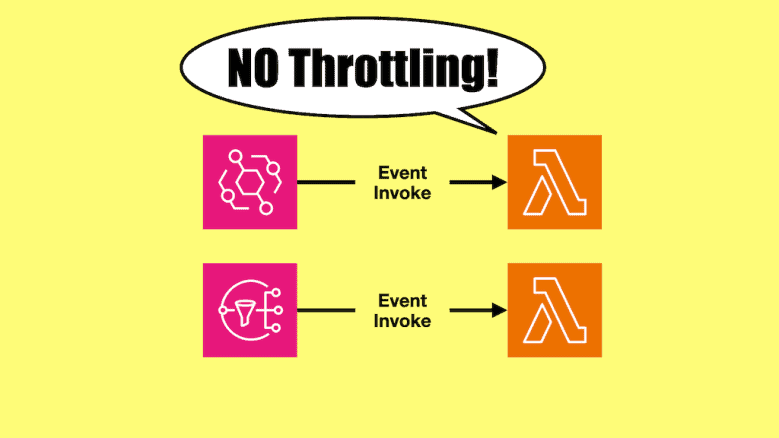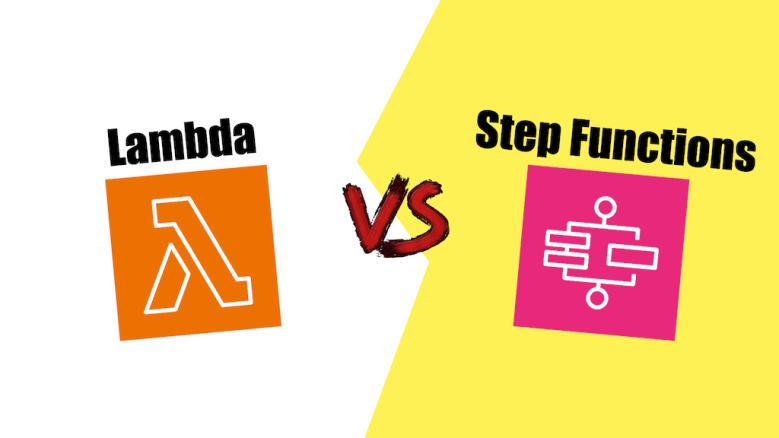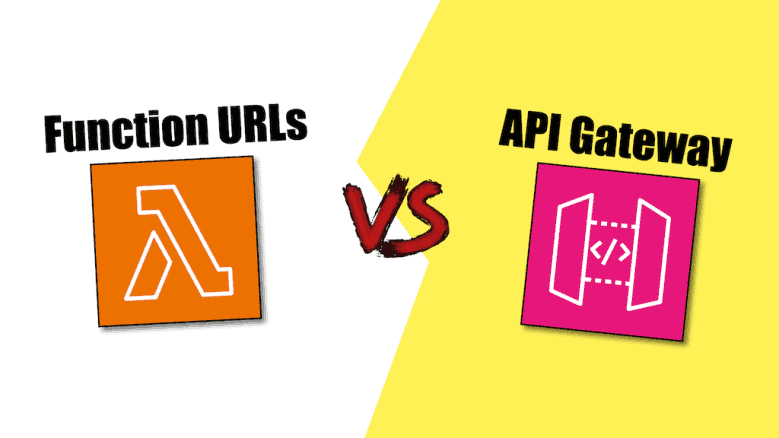Here is one of the most misunderstood aspects of AWS Lambda
One of the most misunderstood aspects of Lambda is how throttling applies to async invocations. Or rather, how it doesn’t!
The TL;DR is that you will never experience throttling when you invoke a function asynchronously.
It also means that despite SNS and EventBridge having longer retry periods than Lambda’s internal queue, these have no practical impact in the case of Lambda throttling.
Read the full post to understand why.








